Executive spaces are not designed for hybrid work. It’s time for a change.
It used to be an experiment on the fringes, but hybrid work has gone mainstream and it’s one of the biggest economic and cultural changes facing leaders today. Most organizations that choose hybrid work are trying to offer a balance between the flexibility people want and the need to bring employees together to create greater cohesion and build a sense of community. Some leaders worry their corporate culture is slowly dissolving and talk of “quiet quitting” – pulling back from work while staying in the job (or, as some would say, a Tik Tok term for disengagement) – is making them think it’s time to make sure they’re leading by example.
Hybrid work policies can be a struggle for companies when people come into offices that still look like ghost towns. There’s a critical mass that’s needed to gain momentum and leaders play a critical role – they need to be accessible in ways they may not have considered in the past and to set the tone for the adoption of hybrid work. “‘Congratulations. You are the new amenity,’” McKinsey’s Workplace Strategy and Change Leader Phil Kirschner tells leaders. “It used to be the gym, the cafeteria, being able to bring puppies to work, whatever it is, but the executives are the new amenity.”
But the current office might be a barrier to leaders who want to be accessible and role models for hybrid. Workplace design traditionally focused on leaders’ needs by creating executive floors or suites that were set apart from the rest of the organization. It became a constraint to building transparency and made it harder for leaders to have serendipitous connections with employees. According to Steelcase, a fundamentally different approach to leadership spaces can be an important tool for building the kind of culture and fostering the kind of behaviors leaders want to see.
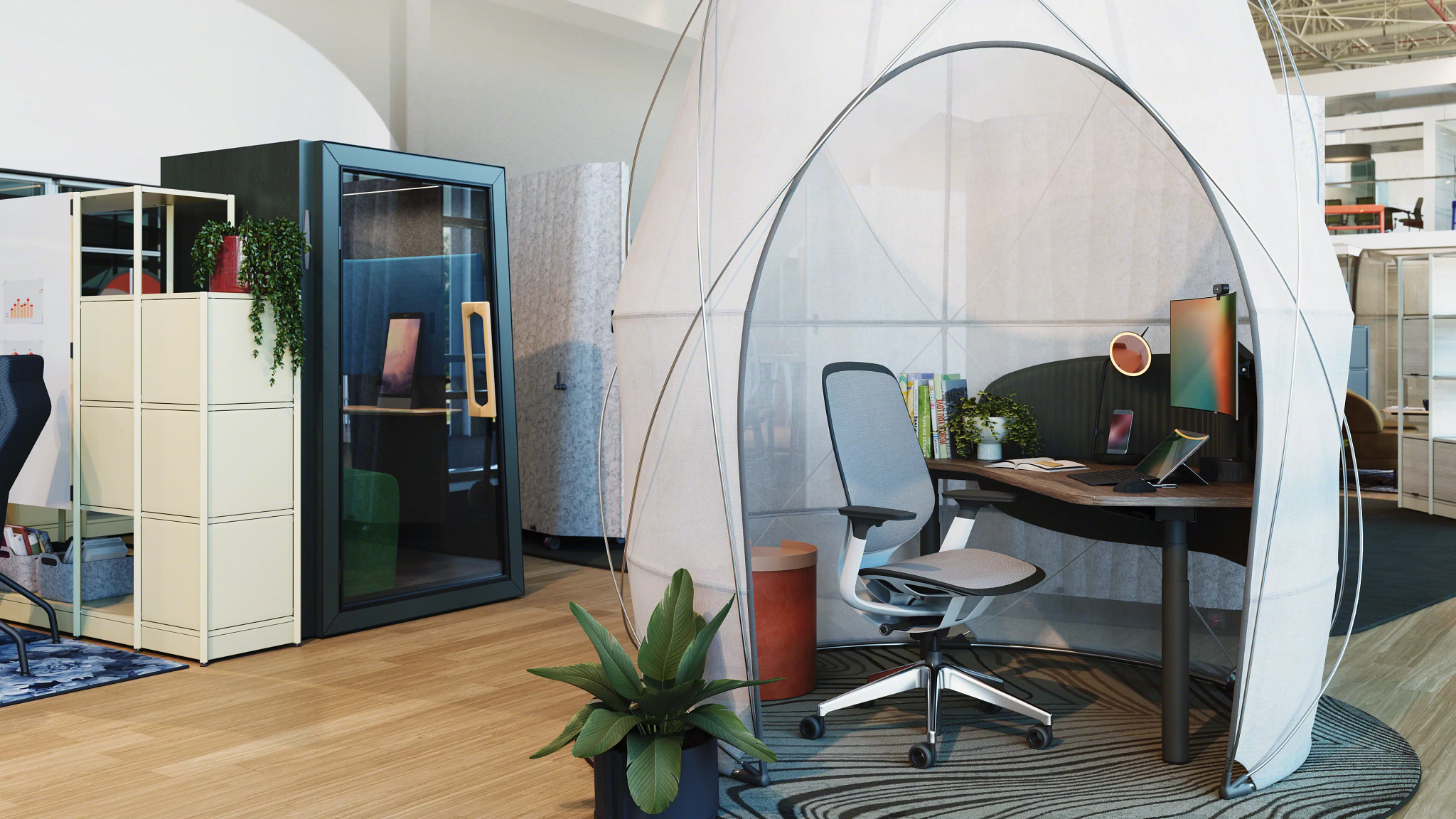
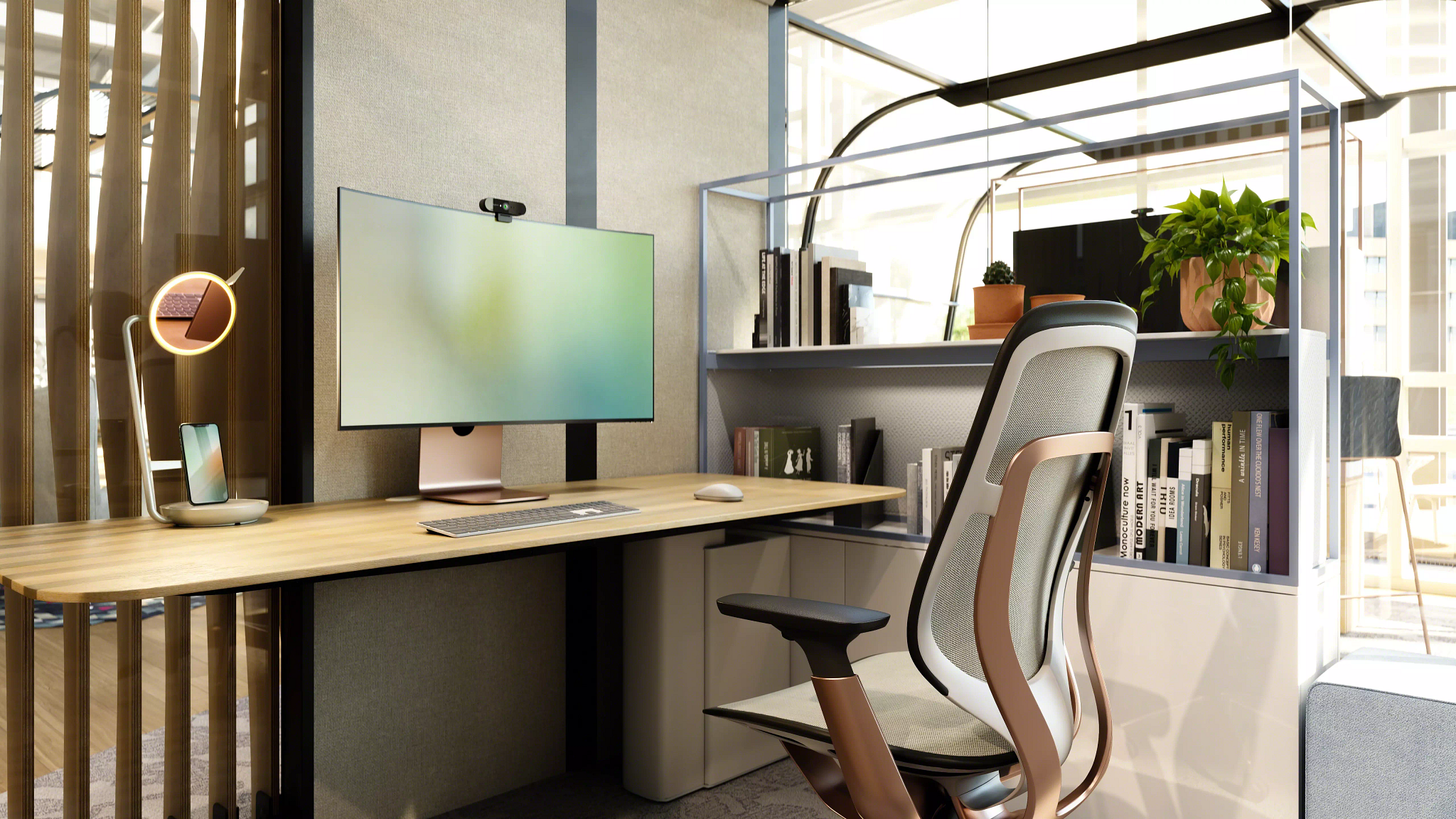
Accessible. Approachable. Functional.
One of the things Steelcase knows from its research is that employees want their leaders to be visible, accessible and transparent in how they run the business. For many leaders, this requires new behaviors and practices, which can be a challenge because they also need to get their jobs done.
So how can leaders balance the need to be more approachable to employees yet still have space to handle the moments of crisis they’re dealing with more frequently, as well as the day-to-day needs of the organization? How can they collaborate as a leadership team and share quickly with each other as well as the larger organization? And how do they do all this in a hybrid work environment when they need to interact with people in-room and remote participants?
“Our clients are telling us they are struggling with these issues and looking to us to help them,” says Steelcase CEO Sara Armbruster. “This is a time of seismic change and we believe space can help shape new leadership behaviors. We have a history of prototyping and testing progressive new ways for leaders to work. Our new leadership space applies our research and insights to create an innovative approach for leaders in a hybrid world.”
The new space called the “Leader Commons” located within the Steelcase Learning and Innovation Center in Grand Rapids, Michigan is a behavioral prototype – a fully built-out environment where concepts are tested and evaluated in real time. Like its name implies, this space is designed to be highly accessible and approachable for employees, yet functional for the demands of leadership roles. It offers spaces where they can focus and collaborate, both in-person and remotely.
“We know organizations need to rebuild the social capital that was lost while everyone worked from home,” says Cherie Johnson, Steelcase’s Global Design Director. “Traditional leadership spaces don’t offer the transparency and accessibility people want today.”
The design was inspired by dynamic neighborhoods that have a range of diverse public and private spaces which encourages equity, engagement and ease of use to address the needs of hybrid work. Learn more about the design concept for the space.
__________
A New Vision for Leadership Spaces to Support Hybrid Work
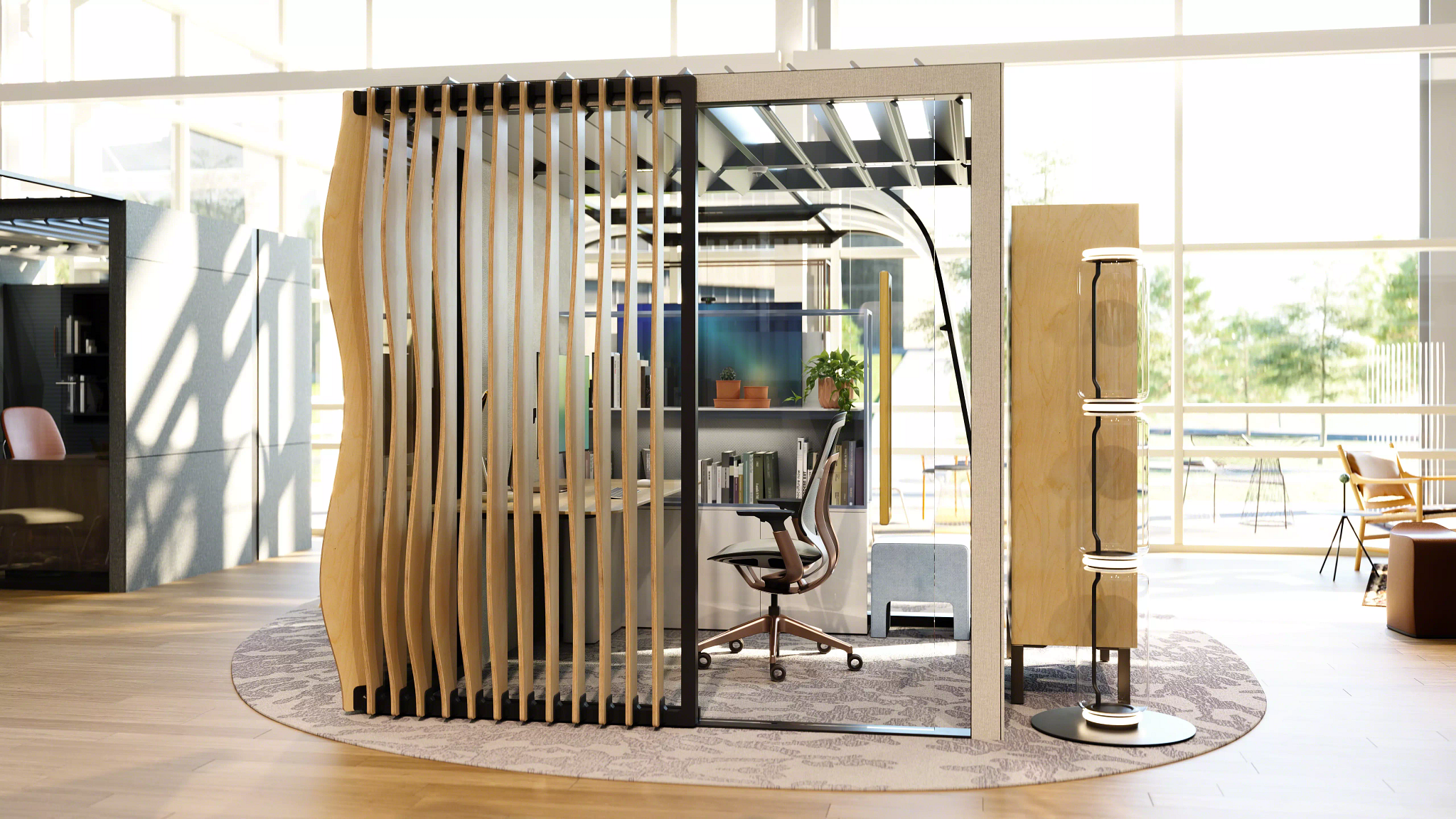
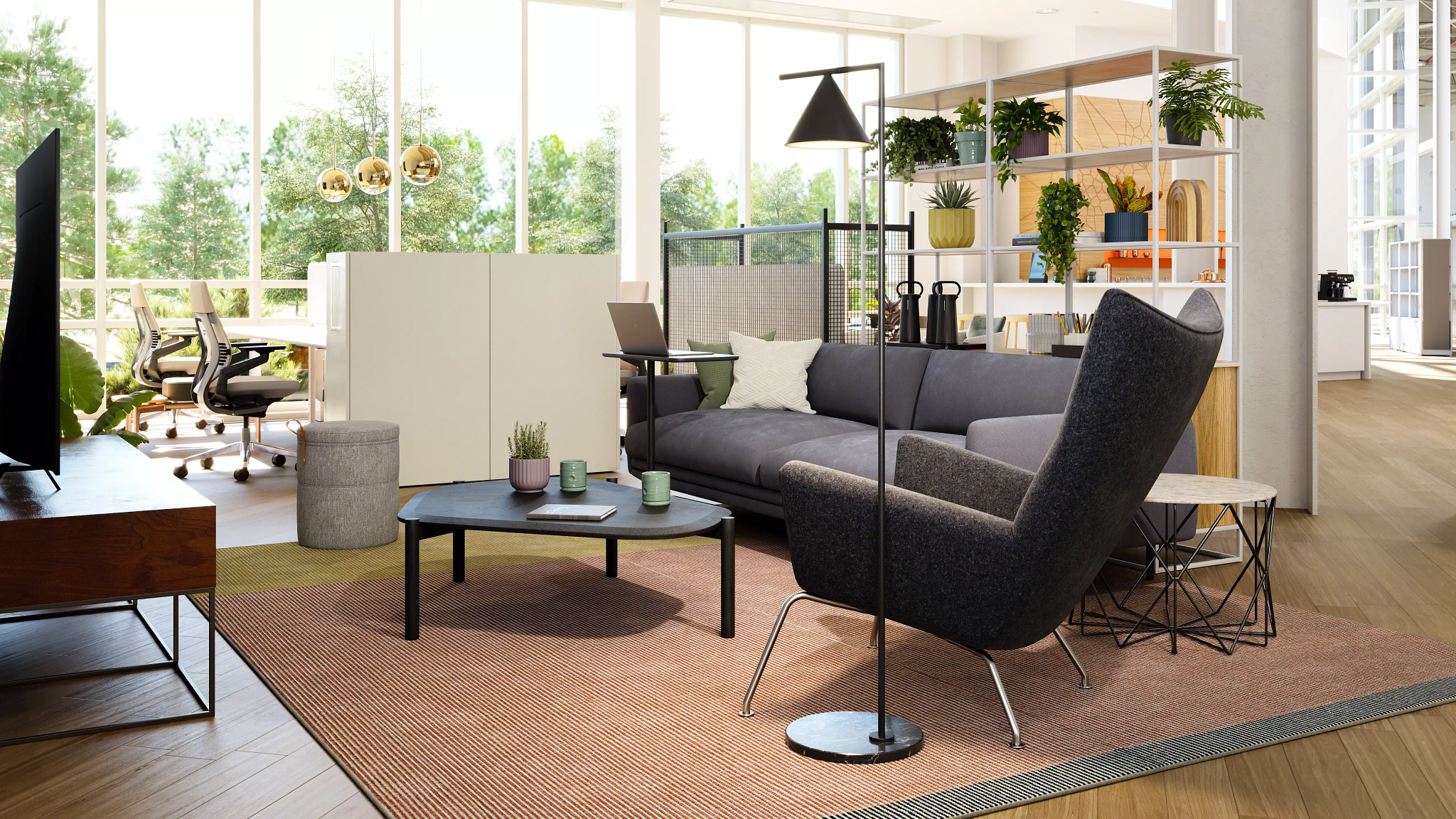
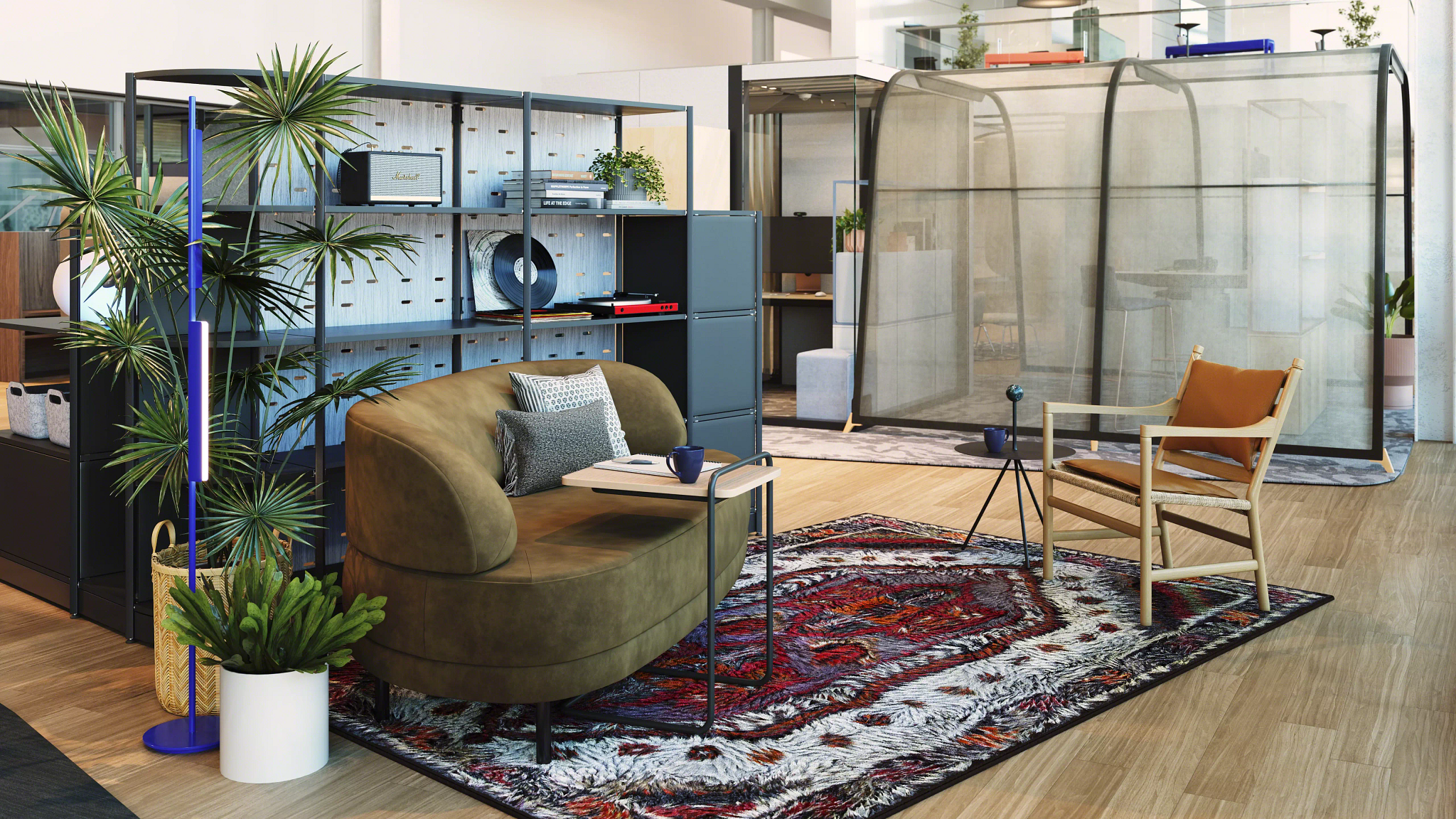
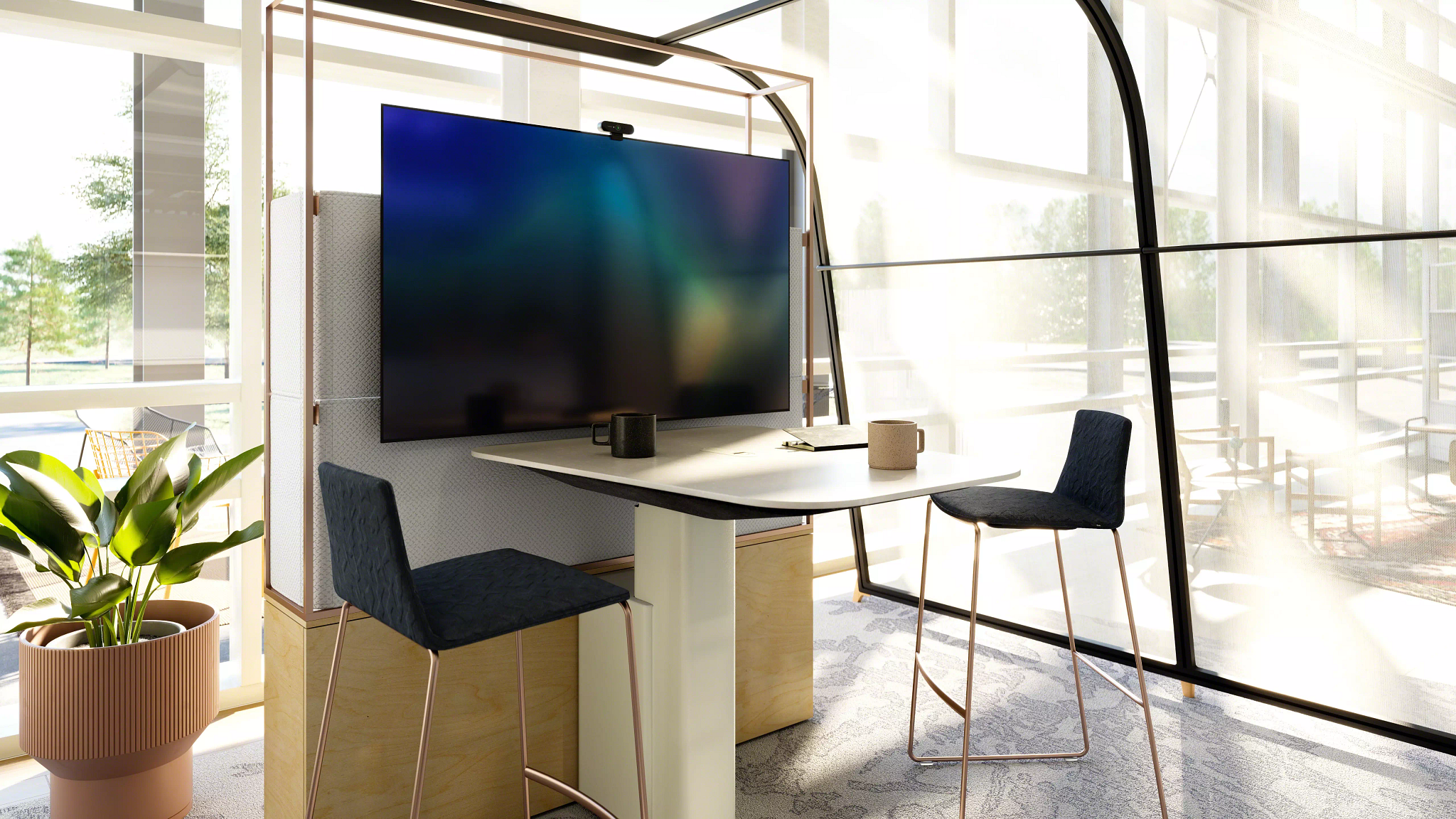
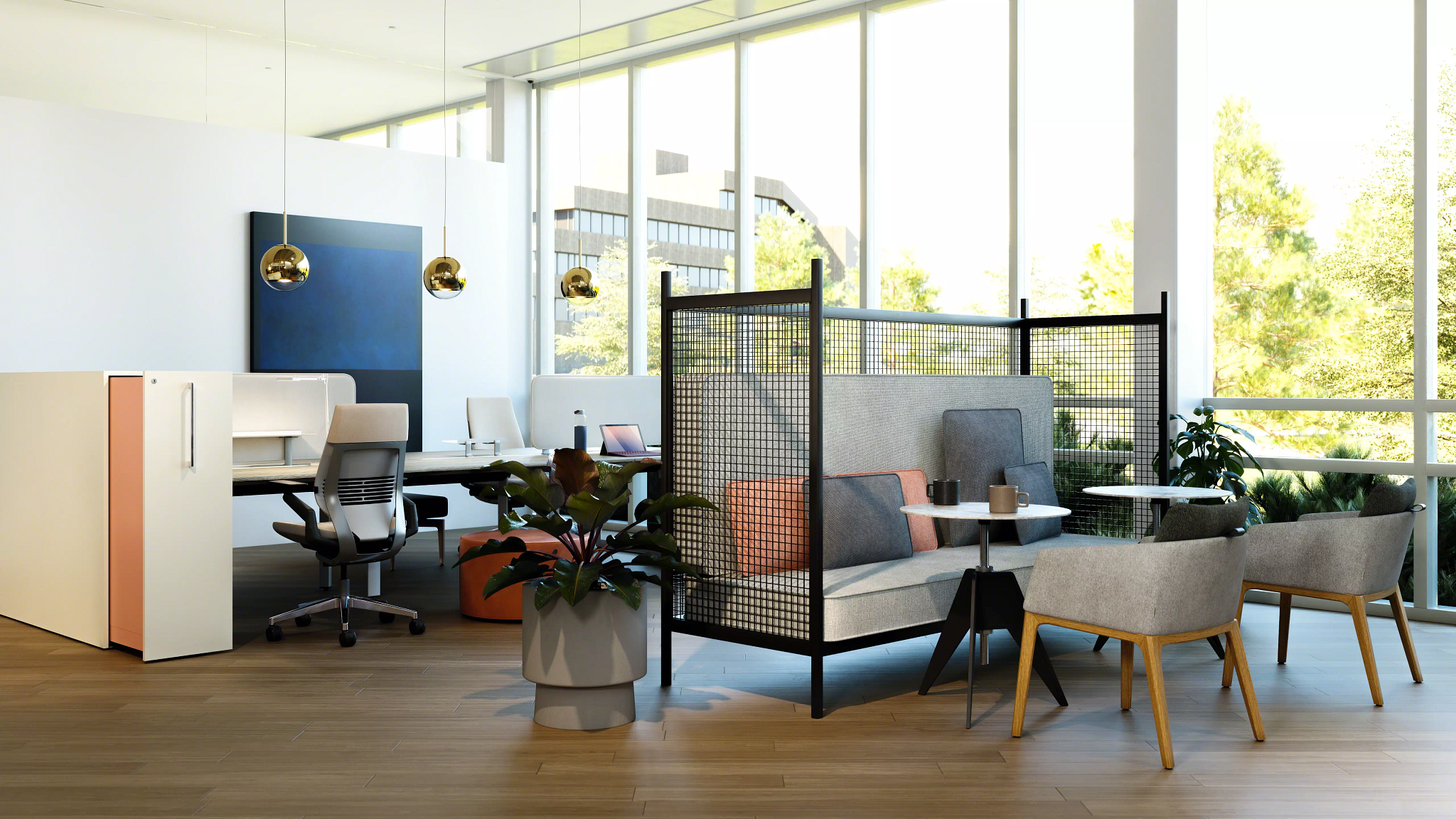
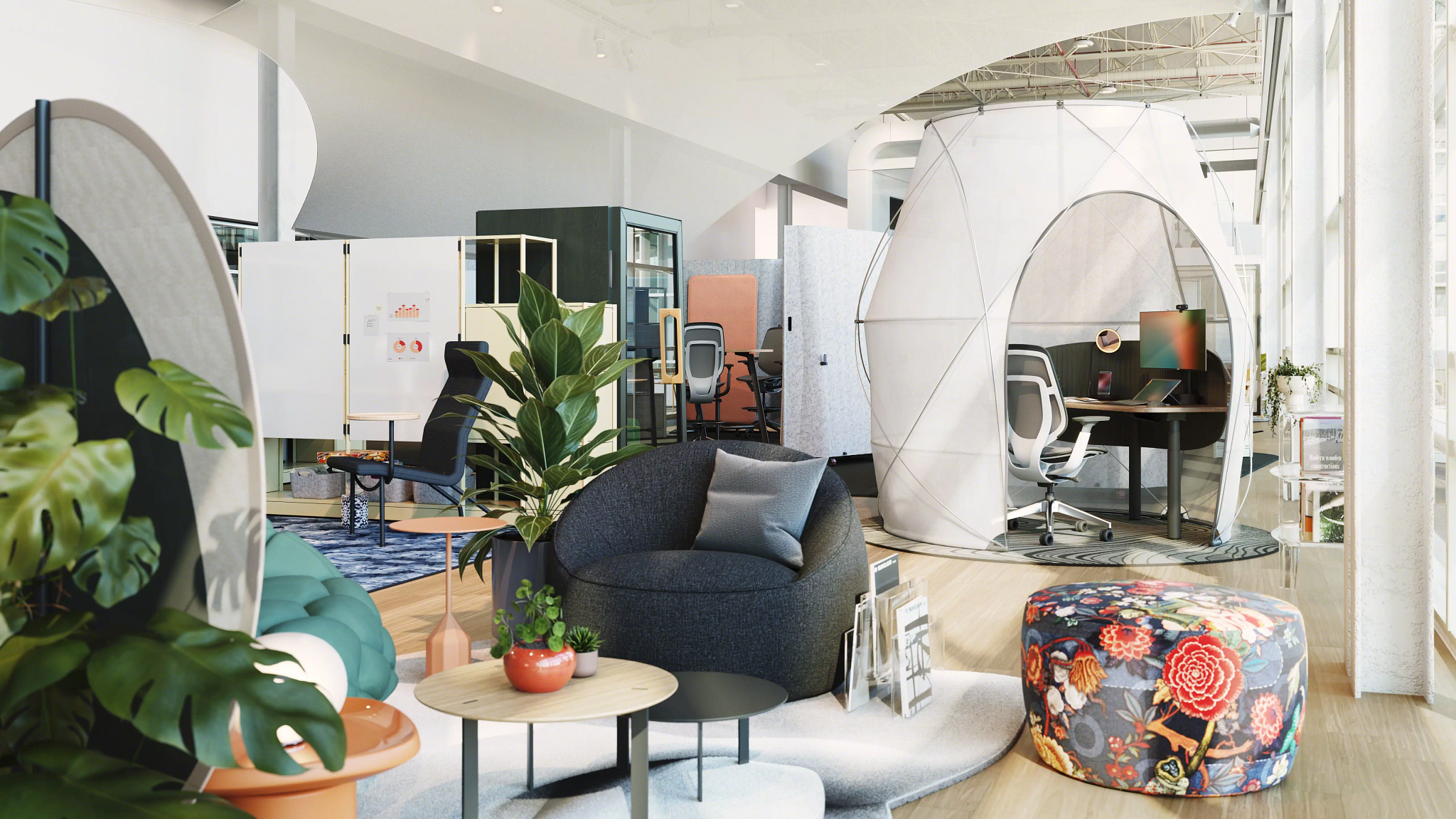
Behind the Scenes
The Steelcase design team and the Applied Research & Consulting (ARC) group worked closely with Steelcase leaders to better understand the new behaviors they wanted the space to support and what changes needed to be made to help re-energize the organization’s culture. The ARC team conducted a series of discovery exercises, workshops, surveys and interviews to better understand the challenges leaders faced and how the space should be designed to support the new needs of hybrid work.
The Steelcase design team used a highly collaborative process with leaders to create the Leader Commons. Through the use of survey tools and one-on-one interviews, they learned about each person’s leadership style and how they prefer to work — alone and together with others. The result was a range of solutions that solved the tension between the need for accessibility and privacy.
“Every individual workspace was designed to enhance performance as well as provide sanctuary,” says Cherie Johnson, Steelcase’s Global Design Director. “But they are unique in how they achieve that. Every workspace provides similar amenities and tools, but differs in how we tailor visual privacy, and how they are represented as individuals. Curating a space that embodies their personality and creates a personal connection when seen on video calls or in person was an important part of this new hybrid experience.”
Contact us to discuss designing a space for your leadership team.

